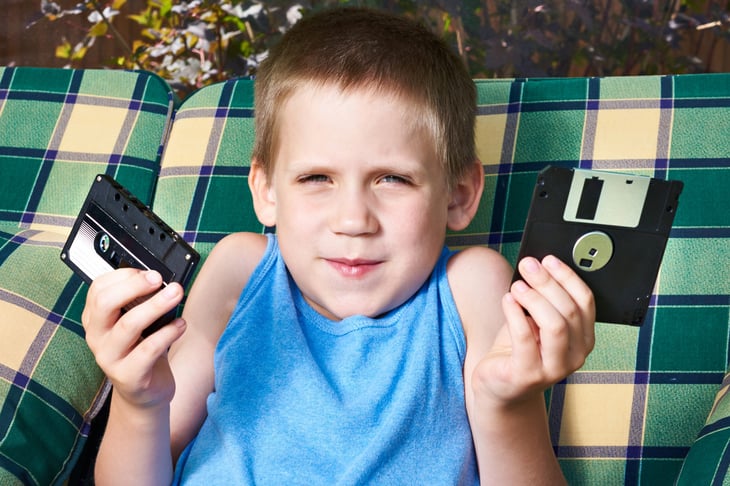
I handed the floppy disk to a third-grader and asked him what he thought it was.
“A bottle opener?” he wondered.
Somewhere, the ghosts of the 1980s were smiling.
But I get it. To a kid for whom floppy disks are as unfamiliar as buggy whips, “bottle opener” was a darn good guess.
I’ve co-written two books on the lost toys, tastes and trends of past generations, “Whatever Happened to Pudding Pops?” and “The Totally Sweet '90s.”
Writing those books has brought home to me how quickly things I took for granted growing up have been transformed into museum pieces.
I’m a firm believer that kids should learn about what the world was like when their parents and grandparents were growing up. Record players and in-car ashtrays can be lessons in how a previous generation was raised, reminding us of what was important, creating connections and sparking conversations.
See if the following relics stir up memories and conversations for you.
1. Record player
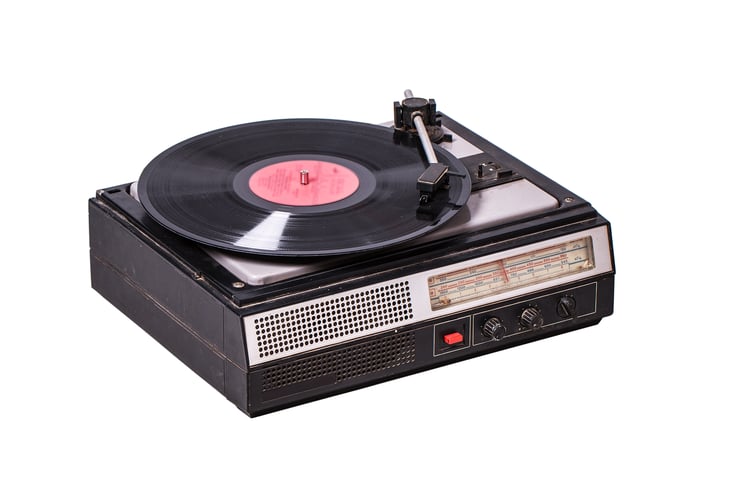
You can still buy record players — now they’re often called “turntables.” Some have USB connections and cost hundreds of dollars. The generation raised on iTunes may need a few lessons on their use though — and also on what a “record” is.
2. Built-in bathtub soap dish
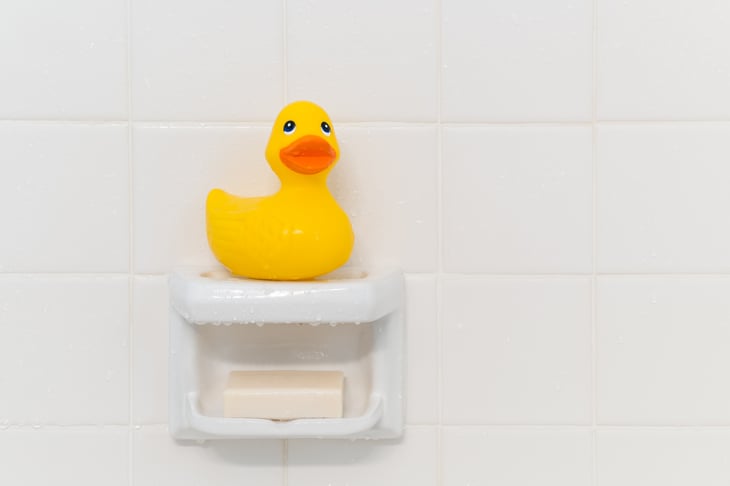
Does your bathtub have a built-in soap dish? When’s the last time you actually used it for bar soap?
Some people love a good bar of Dove or Lifebuoy soap, but kids today are more likely to use shower gel or body wash.
The New York Times noted in 2018 that fancy, pricey artisan soaps are lathering up a following again, perhaps also bringing back demand for built-in soap dishes.
3. Rotary dial phone
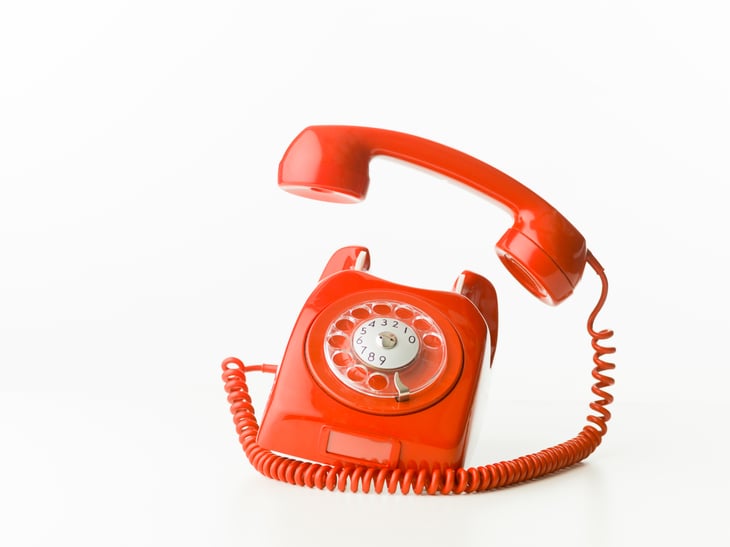
Here’s a fun test: Find a kid born in the past decade and hand them a rotary dial telephone. Ask if they know how to make a call. Then sit back and laugh while they try to figure it out.
This fun video shows just how mystifying this once-familiar routine can be. Wait, you have to pick up the receiver? Where’s the delete button?
4. Fixing a cassette tape with a pencil
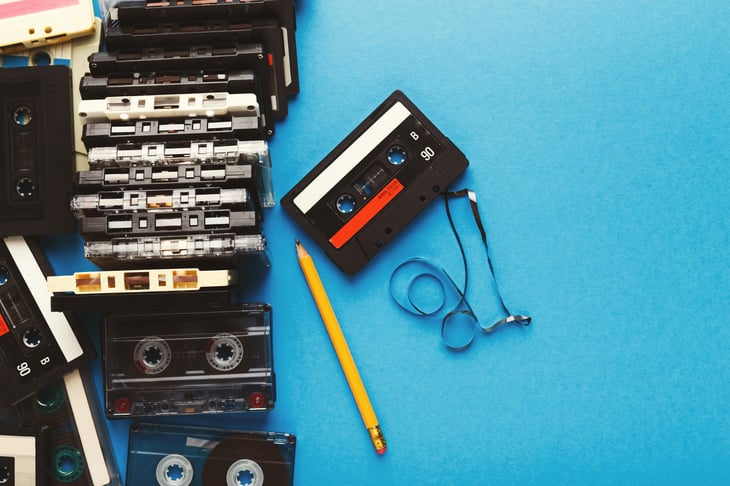
Back in the day, we listened to music on cassette tapes.
Sometimes the tape would unravel. That’s when a wooden pencil was every music lover’s best friend. You just stabbed the pencil into the cassette holes and wound the tape back until it was tight.
This was an odd bit of 1980s surgery that every kid knew how to perform. Now it’s faded into the mists of memory along with ninth-grade algebra.
5. Drive-in movie theaters
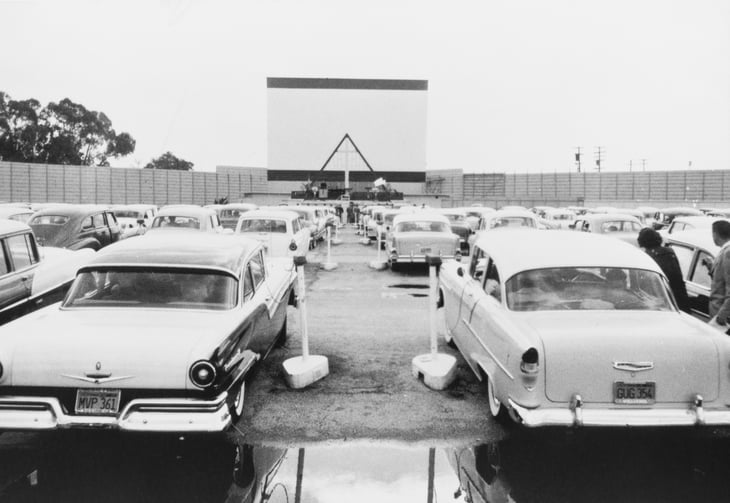
My childhood drive-in movie theater — the Vali-Hi in Lake Elmo, Minnesota — is still operating with hot dogs for a dollar. But many kids today may never know the thrill of wearing footie pajamas to watch a movie from the family car.
Drive-ins are a fast-fading phenomenon. According to the United Drive-In Theatre Owners Association, there were just 318 drive-ins in the U.S. as of September 2021. Get this, though: In 1958, there were more than 4,000 drive-ins across the country.
6. Encyclopedia sets

Do you still have a multi-volume set of encyclopedias on your bookshelf?
Although the Encyclopedia Britannica no longer offers the print editions that may have been a staple of your youth, you still can get the 22-volume World Book in hardcover.
Kids today, however, are likely to be more familiar with Wikipedia and other online resources than the set of heavy, alphabetized books that once dominated home libraries. Maybe you loved, as I did, paging through the volumes and learning about aardvarks, Zimbabwe and so much in between.
7. Manual transmission cars

Want to protect your car from thieves? Get a vehicle with a manual transmission, operated with a stick shift.
“Stick shifts” represent just 1.3% of new vehicle sales in the U.S., according to a 2020 report from Cars.com.
In recent years, there has also been at least one report of a car thief who tried to steal a car only to realize that it was a stick shift — which he apparently didn’t know how to drive.
8. Roller skate key
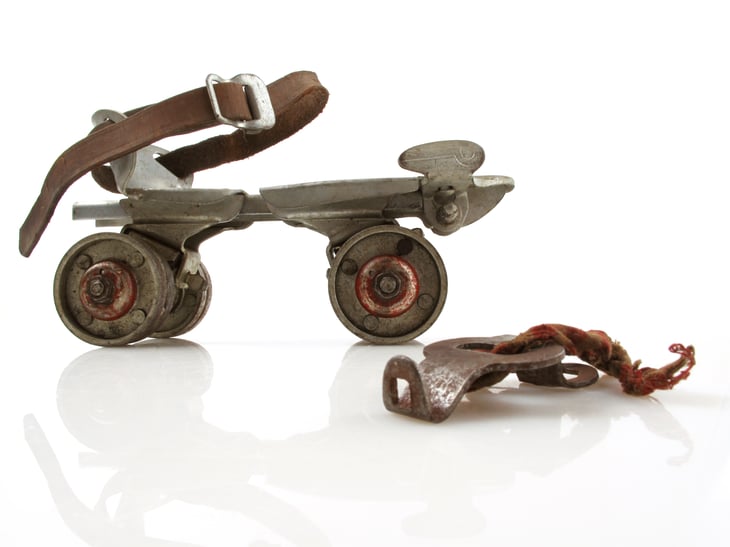
Kids today roller skate, of course, although many prefer inline skates to the four-wheel variety.
But hand a kid a roller skate key and watch their brain combust as they try to figure out its purpose.
Once there was a type of old-style skates that clamped onto the skater’s street shoes. The metal key was a type of small wrench that you used to adjust the fit.
9. Milk delivery
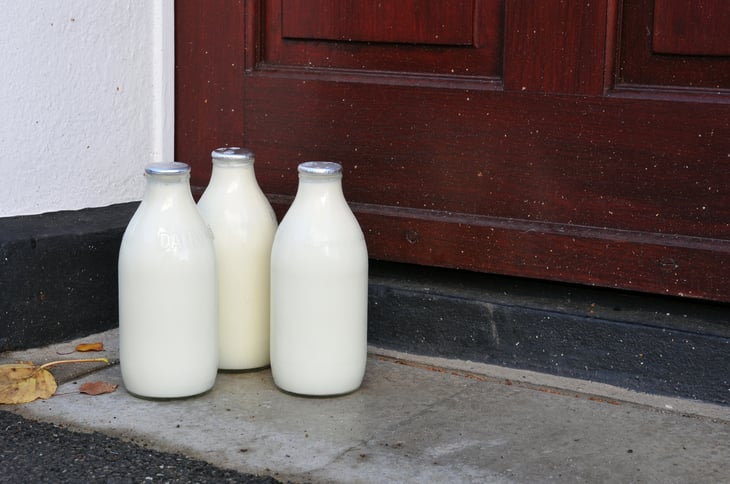
In 1963, about 30% of consumers had milk delivered to their homes, according to The New York Times. By 2005, only 0.4% of total sales were home-delivered.
Milkmen and milkwomen were in danger of becoming the punchline for jokes as stale as last month’s carton of 2%.
But it may be too soon to count milk delivery dead. Some dairies are reviving the tradition of home delivery. And AmazonFresh, Amazon’s grocery delivery and pickup service offered in select cities, includes milk and cream among the groceries it delivers.
10. Handkerchiefs
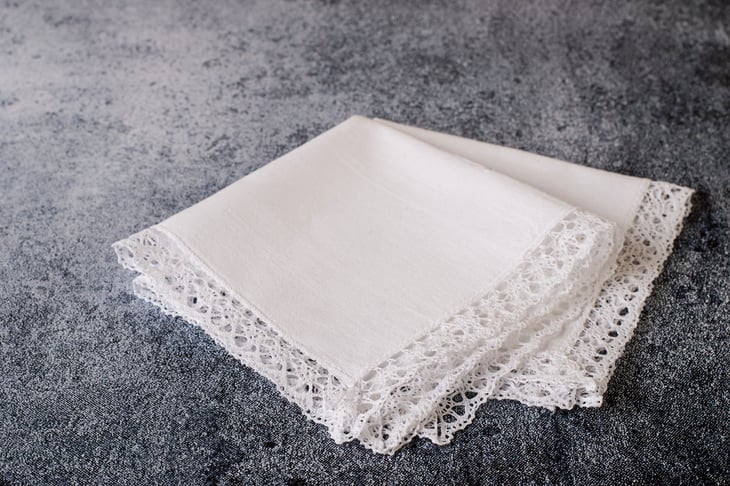
My dad was never without a handkerchief. A businessman by day and a farmer by night and on weekends, he was not about to haul Kleenex around with him — not in his company’s warehouse nor at home on his tractor.
As HandkerchiefHeroes.com notes, the rise of paper facial tissues like Kleenex in the 1920s and 1930s started to push hankies out.
A pocket square still makes a fashion statement today, but in these enlightened times, who wants to stick a drippy hanky back into a pocket?
11. Car window cranks
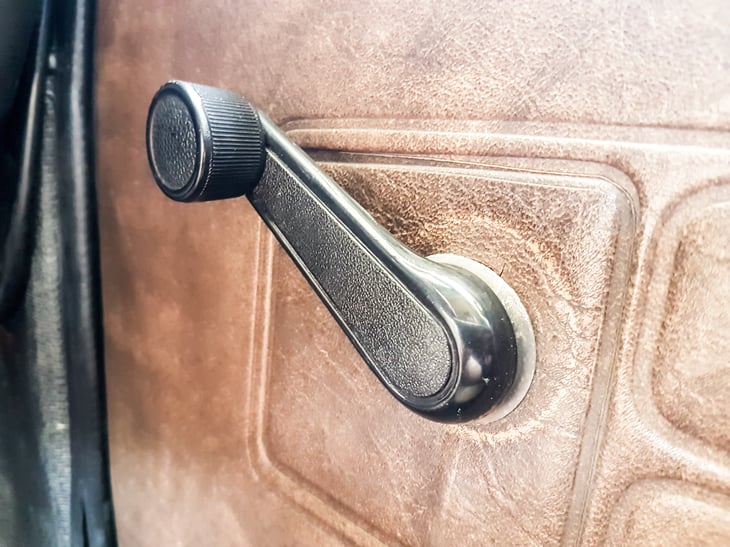
Hey, wind down the window, will you? Say that to a youngster in a car and they might look at you like you sprouted a second head. “Wind down?”
Today, we push a button to lower a car window. Back in the day, we manually turned a crank for the same result.
Crank windows still can be seen in older cars. But in 2016, Car and Driver reported that only 6% of new cars for sale in the U.S. offered manual windows. That percentage likely has declined since, but window cranks aren’t quite extinct yet.
12. Floppy disks
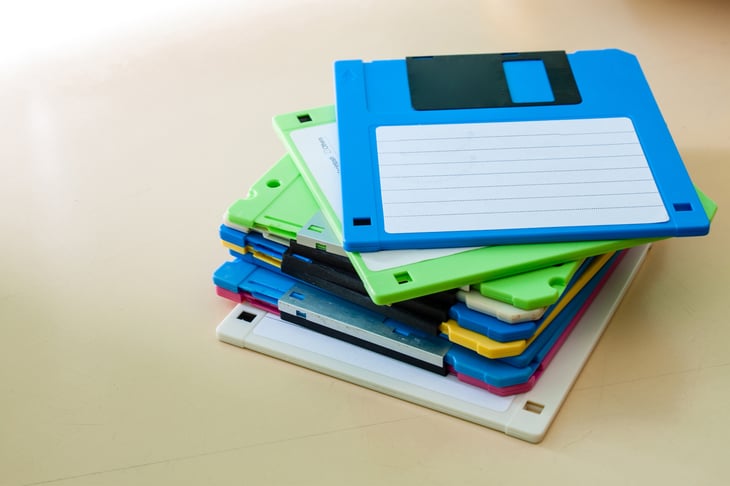
Floppy disks were the go-to data storage solution in the early days of personal computing. You could save the essay you wrote, carry it with you and print it anywhere — ground-breaking convenience at the time.
Those disks gave way to CD-ROMs (compact disc read-only memory), rewritable CD-RWs and ever more storage innovations. Now, essays and documents float around in the cloud.
13. Telephone switchboard operators
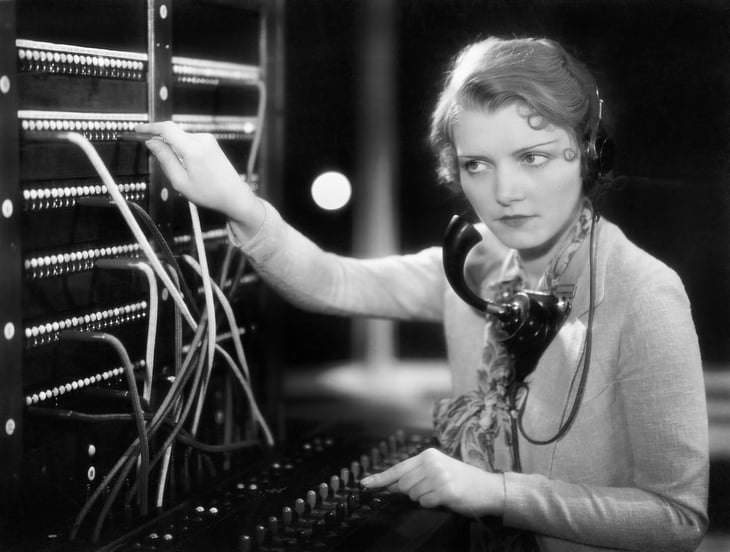
A few generations ago, the job of switchboard operator was a career path for aspiring young women.
Operators sat at a large panel with jacks for dozens or hundreds of phone lines, inserting and removing plugs from the jacks to connect telephone callers across the city or across the world.
As telephone service became automated, the need for these workers shrank. Now, the job of switchboard operator appears in articles like “16 Jobs That No Longer Exist.”
14. Lick-and-stick postage stamps
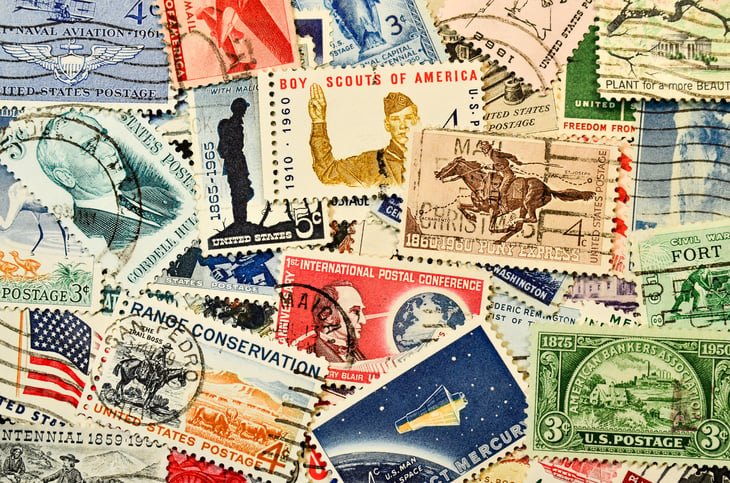
Youngsters might be puzzled when you tell them you once had to lick a stamp to stick it to an envelope.
We older folks can still taste the adhesive that postage stamps once used. Today’s self-adhesive stamps may be an improvement over that taste, but some of us do miss actual letters.
All this led me to wonder: Are lickable stamps still made? A dogged U.S. Postal Service representative searched hard and found the answer for me: “No water-activated postage stamps have been printed since 2015.”
That year, two lickable stamps were printed: a 1-cent stamp depicting a bobcat and a 10-cent stamp depicting an “American Clock.”
15. Pull-tab cans
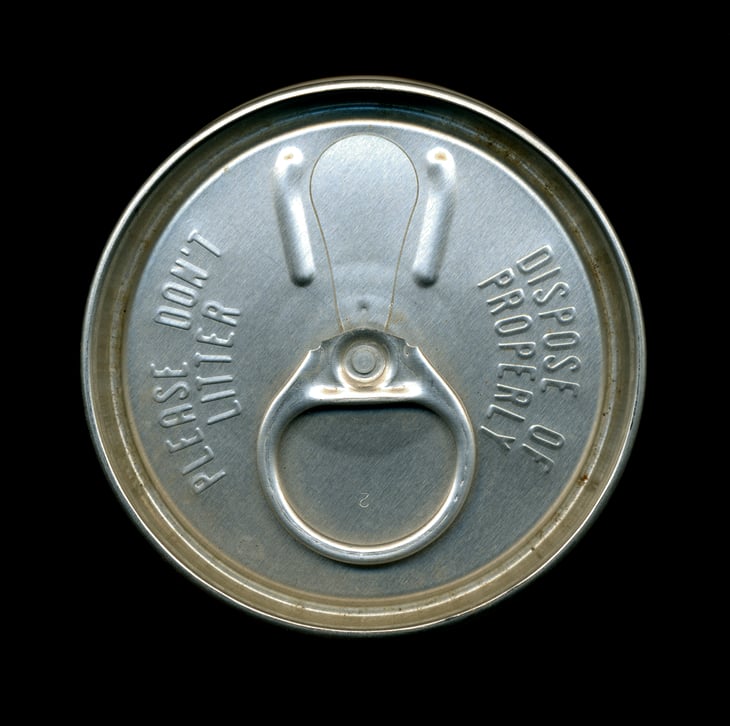
Ah, canned drinks. Such an easy and convenient way to quench one’s thirst.
But opening the cans used to be quite different. You needed a can opener, which punched a triangular hole in the top of the can.
And then, in 1959, an engineer named Ermal Cleon Fraze came up with the pull-tab beverage opener. His New York Times obituary says Fraze hit on the idea after he was forced to use a car bumper to pry open a can of beer at a picnic.
Kids today are unlikely to know pull tabs. That’s probably a good thing, since the tabs could become street litter or a choking hazard for drinkers who dropped them into the can they were drinking from.
Today’s cans have a tab that stays put after you pop open the can. I’ll drink to that.
16. Correction fluid
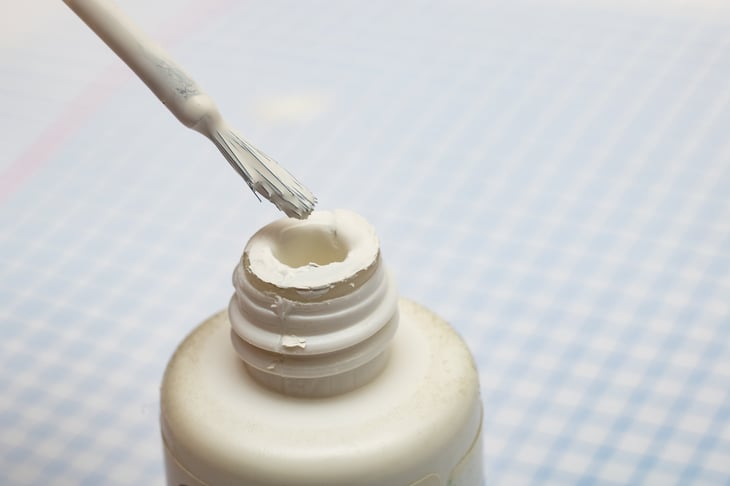
We’re not saying that correction fluid has completely dried up. You can still buy it. And it’s still useful, especially when you want to correct a mistake on a form that can’t easily be redone.
But now that erasing an error by computer is as easy as backspacing, that smelly, messy liquid is less common.
When you explain correction fluid to your grandkids, you can share this fun fact: It was invented in 1951 by Bette Nesmith Graham, mother of Michael Nesmith of the pop group The Monkees. And, then, be prepared to explain who The Monkees were.
17. Cassette mixtapes
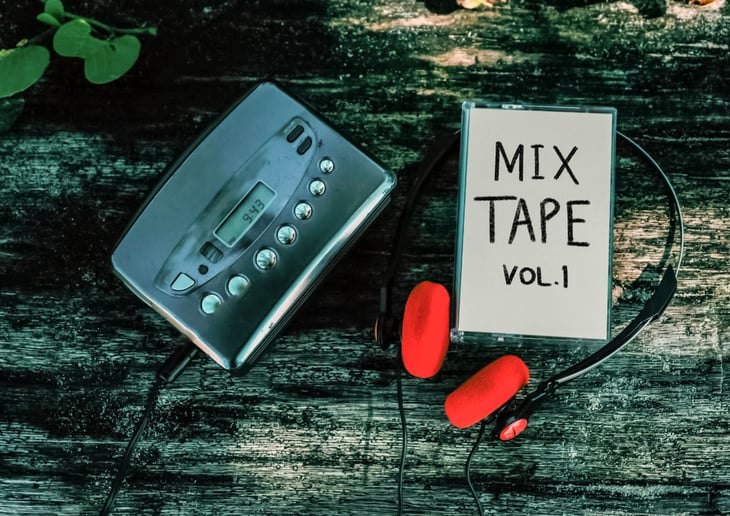
Cassette mixtapes were quirky, fun DIY compilations of tunes that you chose and personally recorded, usually from a variety of sources. They are ancestors of the more contemporary “mixtapes” made on CDs and the thoroughly modern playlists that people make nowadays on music streaming services.
The kids in your life may know old-style mixtapes from the 2014 superhero film “Guardians of the Galaxy” — and the sequel, “Guardians of the Galaxy Vol. 2.” In both, the film’s hero, Peter Quill, frequently is shown listening to a cassette mixtape of hits from the 1960s through 1980s. The music helps him remember his late mother, who made it for him before he was abducted by aliens.
18. Print catalogs

When holidays or special occasions rolled around in the old days, kids made Christmas or birthday lists by consulting the pictures in fat, colorful department-store catalogs.
Delivered to your door by the mail carrier, these dream books from J.C. Penney, Sears, Montgomery Ward and the other iconic national merchandisers of the era offered Barbie dolls, BB guns, clothing and so much more. Sears even sold mail-order homes.
But kids today will never know the joy of spending hours flipping pages and dreaming about what wonders Christmas morning will hold.






Add a Comment
Our Policy: We welcome relevant and respectful comments in order to foster healthy and informative discussions. All other comments may be removed. Comments with links are automatically held for moderation.